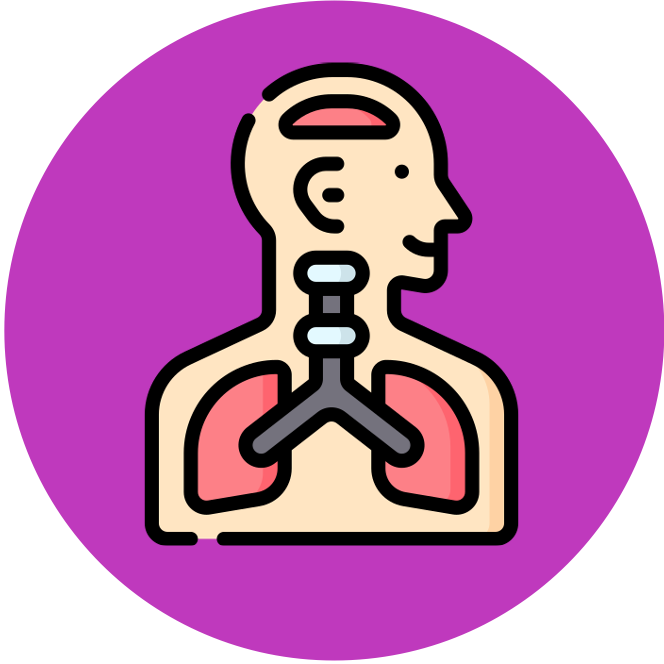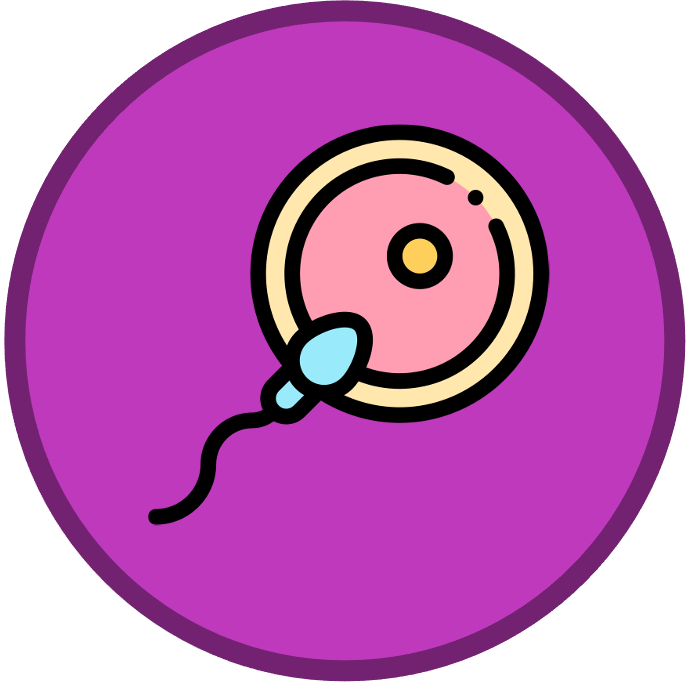

Puberty
Puberty describes the sequence of developmental changes that must occur within an organism to achieve sexual maturity
-
The developmental changes that occur will differ between males and females but both sexes follow a set sequence of events
Puberty is triggered by the release of gonadotropin releasing hormone (GnRH) from the hypothalamus of the brain
-
GnRH travels in the bloodstream to the pituitary gland and triggers the secretion of FSH and LH from the anterior lobe
-
FSH (follicle stimulating hormone) and LH (luteinising hormone) are transported via the bloodstream to act on the gonads (testes or ovaries)
Males:
-
FSH acts on the testes to trigger the activation of spermatogenesis, while LH is responsible for the production of testosterone
-
Testosterone is the sex hormone (steroid) that promotes the development of the secondary sex characteristics in males
-
These secondary sex characteristics include the development of body hair, increased muscle mass and deepening voice
-
Females:
-
FSH acts on the ovaries to trigger follicle development and the production of oestrogen, while LH is responsible for ovulation and the subsequent release of progesterone
-
Oestrogen and progesterone are the sex hormones (steroids) that promote the development of the secondary sex characteristics in females
-
These secondary sex characteristics include the formation of body hair and breast development
-
Puberty Hormones

GnRH

FSH and LH

Testosterone





